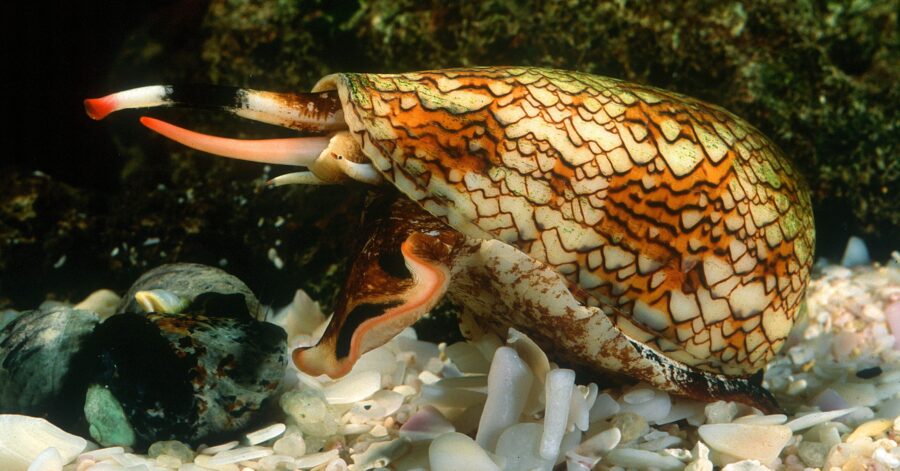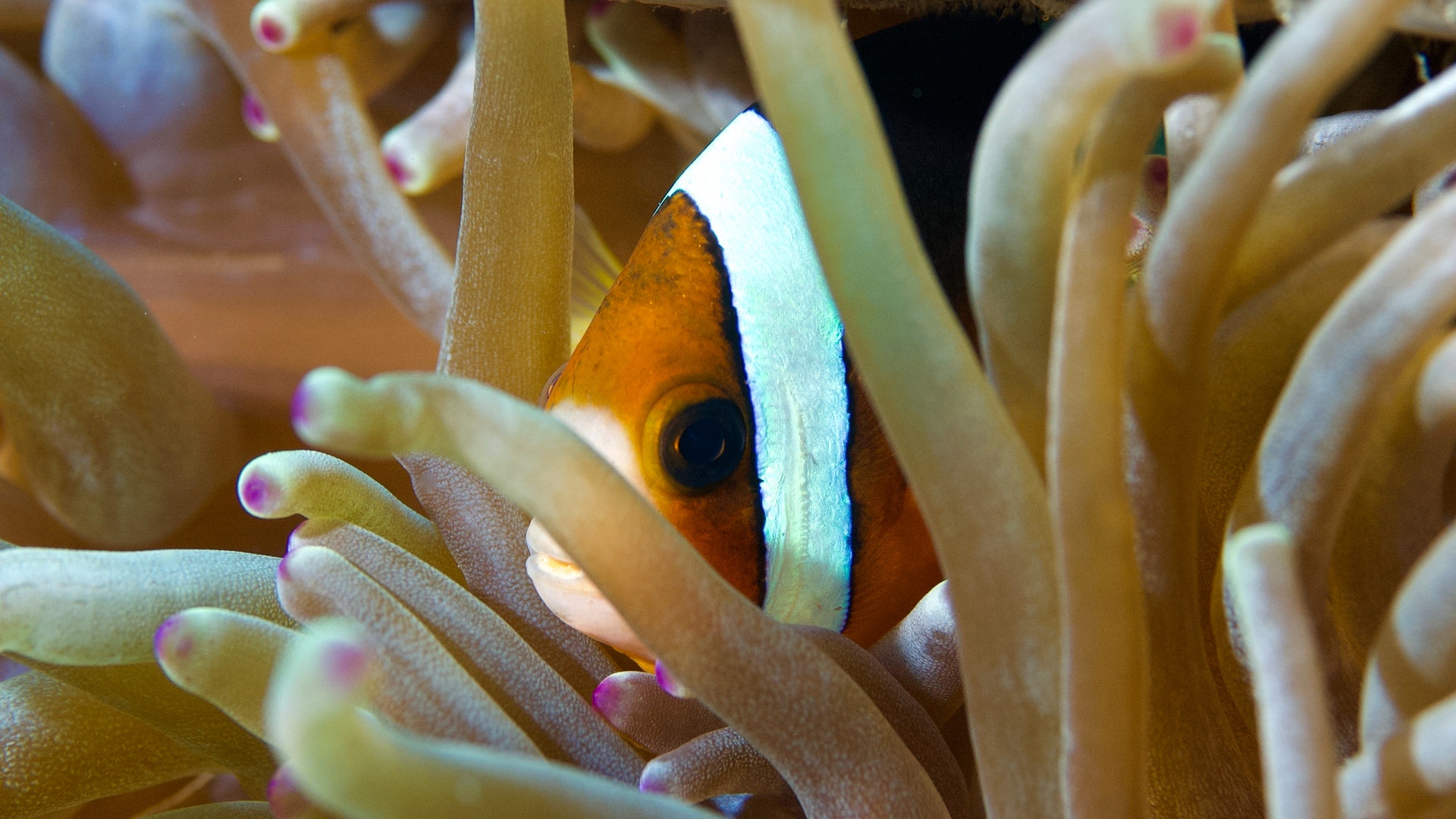Marine Invertebrates
As on land and in the air, marine invertebrates have a large variety of body plans, and have been categorised into over 30 phyla. They make up most of the macroscopic life in the oceans. The term includes sea sponges, worms, echinoderms (sea cucumbers, sea urchins, sea stars), marine molluscs (squid, sea snails, sea slugs, scallops, mussels), marine arthropods (crabs, shrimp, lobster) and marine cnidarians (sea anemones, coral, jellyfish, man o’ war), amongst others. This section details some of the most well known and potentially dangerous venomous marine invertebrates.

Blue Ringed Octopus
Common name: Blue Ringed Octopus
Family: Octopodidae
Genus: Hapalochlaena
Distribution: Found in tide pools and coral reefs in the Pacific and Indian oceans, from Japan to Australia.
Venomous or poisonous?: Venomous
Interesting facts: The octopus produces venom containing tetrodotoxin, histamine, tryptamine, octopamine, taurine, acetylcholine and dopamine. The venom can result in nausea, respiratory arrest, heart failure, severe and sometimes total paralysis, blindness, and can lead to death within minutes if not treated. Death is usually from suffocation due to paralysis of the diaphragm. Direct contact is necessary to be envenomated. Faced with danger, the octopus's first instinct is to flee. If the threat persists, the octopus will go into a defensive stance, and display its blue rings. If the octopus is cornered and touched, the person would be in danger of being bitten and envenomated.

Box Jellyfish
Common name: Box Jellyfish
Class: Cubozoa
Orders: Carybdeida and Chirodropida
Distribution: Mostly located within the tropical Indo-Pacific region but also the Atlantic and east Pacific Ocean, the Mediterranean Sea and around Japan.
Venomous or poisonous?: Venomous
Interesting facts: Some species of box jellyfish produce potent venom delivered by contact with their tentacles which is extremely painful and often fatal to humans. The box jellyfish actively hunts its prey (small fish), rather than drifting as do true jellyfish. Its venom is used for prey capture and predator defence, although it seems that sea turtles are unaffected by the stings because they seem to relish box jellyfish.

Cone Snail
Common name: Cone Snail
Family: Conidae
Genera: Conus, Conasprella, Profundiconus and Californiconus
Distribution: Cone snails are found in all tropical and subtropical seas, from the intertidal zone to deeper areas, living on sand or among rocks or coral reefs. When living on sand, these snails bury themselves with only the siphon protruding from the surface.
Venomous or poisonous?: Venomous
Interesting facts: Cone snails use a hypodermic needle-like modified radula tooth and a venom gland to attack and paralyse their prey before engulfing it. The tooth, which is sometimes likened to a dart or a harpoon, is barbed and can be extended some distance out from the head of the snail, at the end of the proboscis. Cone snail venoms are mainly peptides. The venoms contain many different toxins that vary in their effects; some are extremely toxic. The sting of small cones is no worse than a bee sting, but the sting of a few of the larger species of tropical cone snails can be serious, occasionally even fatal to humans. Cone snail venom is showing great promise as a source of new, medically important substances.

Sea Anemone
Common name: Sea Anemone
Order: ActinSuborders
Suborders: Enthemonae, Anenthemonae
Distribution: Sea anemones are found in both deep oceans and shallow coastal waters worldwide
Venomous or poisonous?: Venomous
Interesting facts: A typical sea anemone is a single polyp attached to a hard surface by its base, but some species live in soft sediment, and a few float near the surface of the water. The polyp has a columnar trunk topped by an oral disc with a ring of tentacles and a central mouth. The tentacles can be retracted inside the body cavity or expanded to catch passing prey. They are armed with cnidocytes (stinging cells). In many species, additional nourishment comes from a symbiotic relationship with single-celled dinoflagellates, with zooxanthellae, or with green algae, zoochlorellae, that live within the cells. Some species of sea anemone live in association with hermit crabs, small fish, or other animals to their mutual benefit.